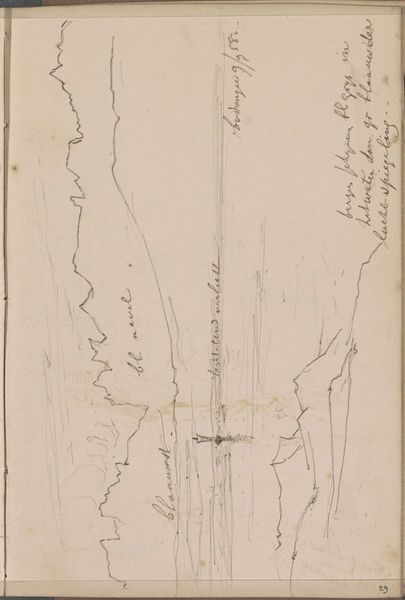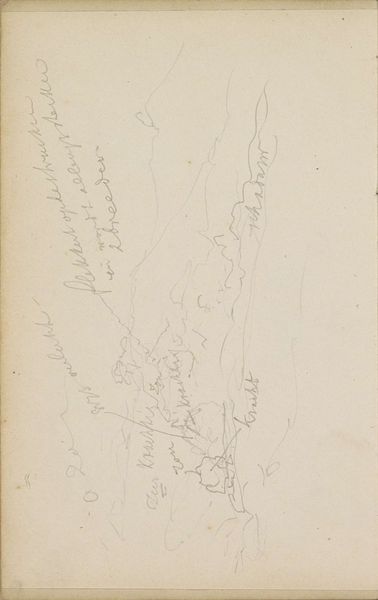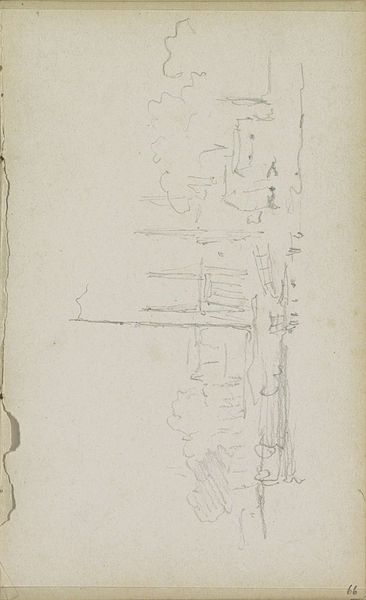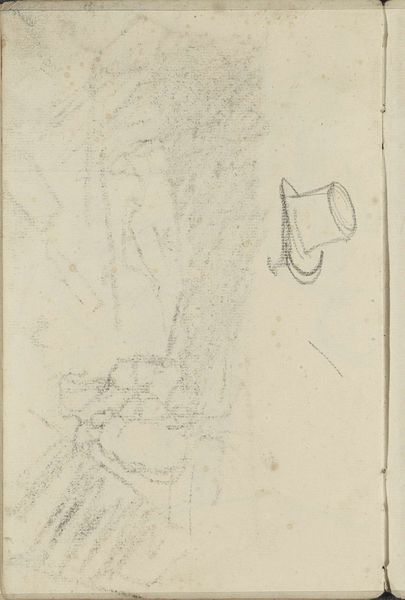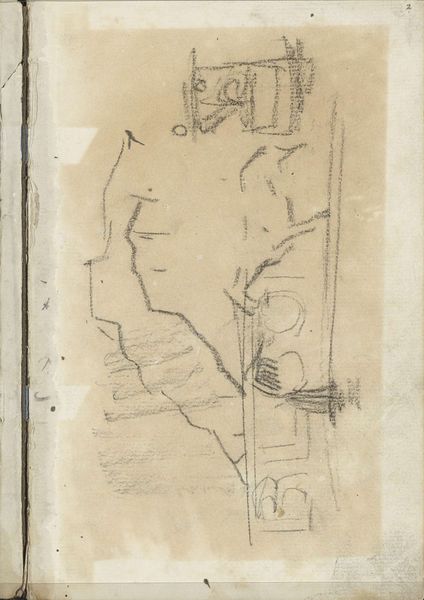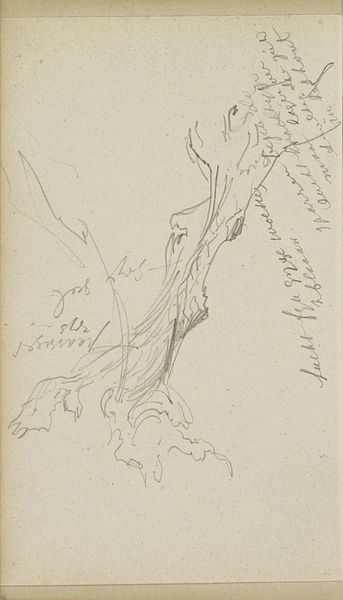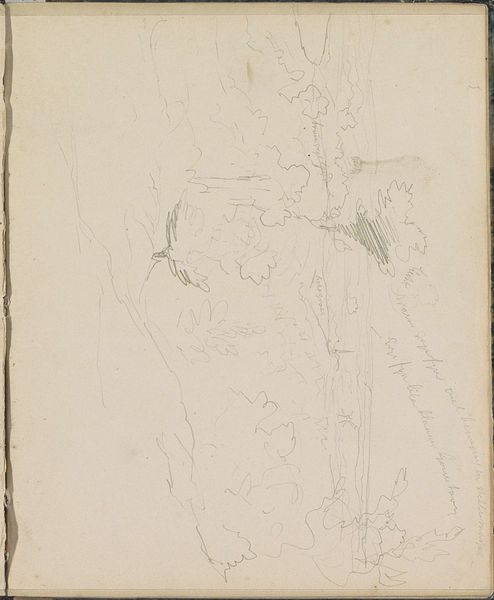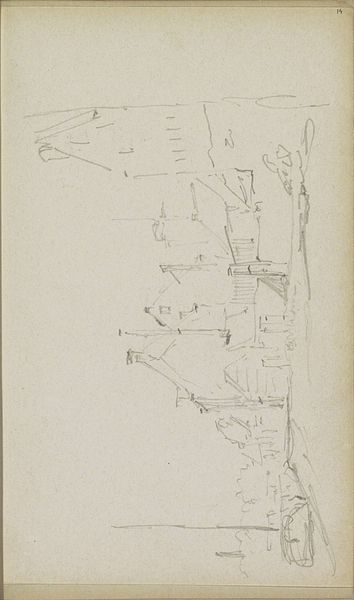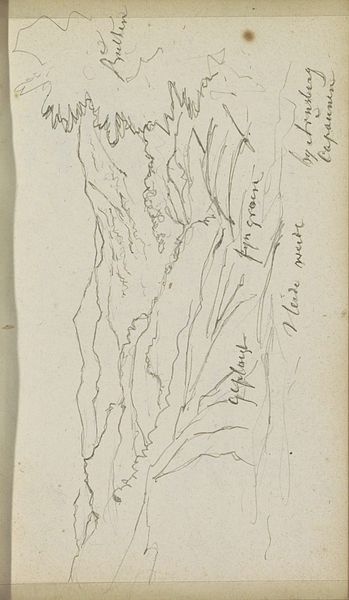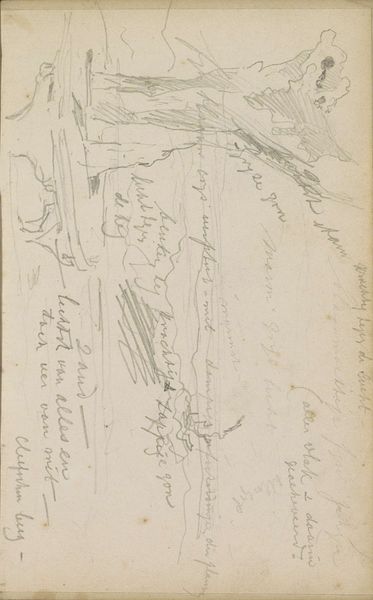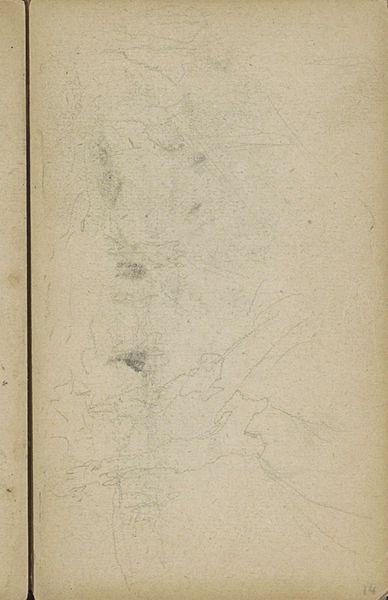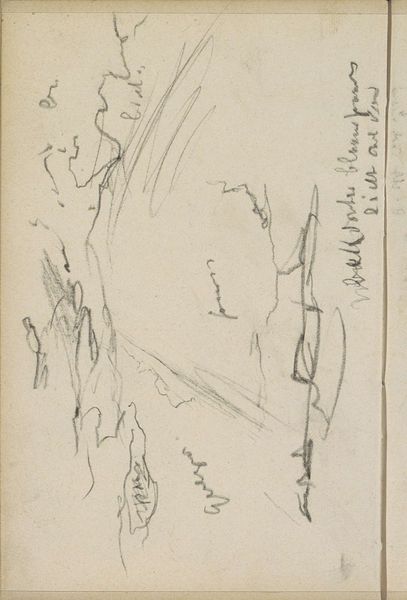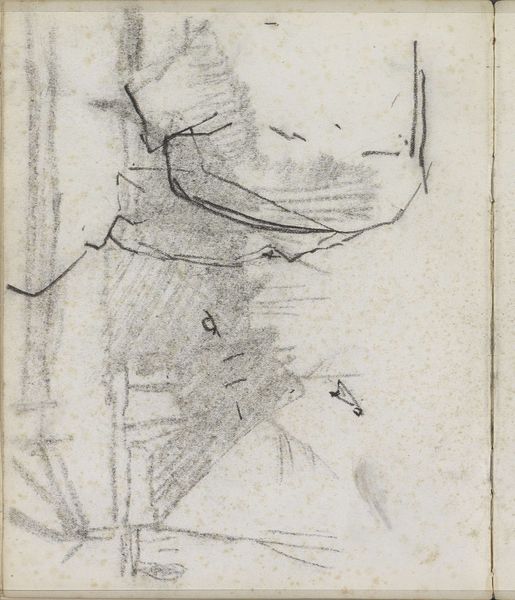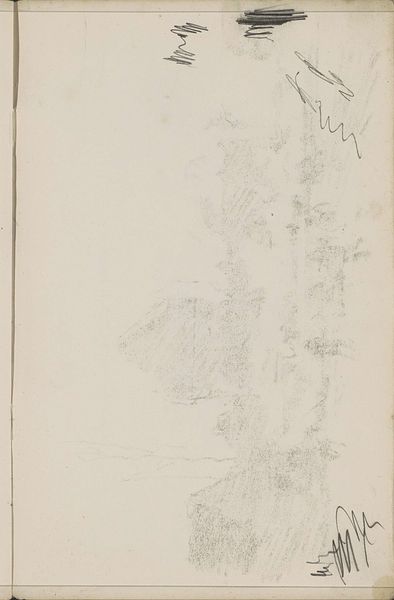
Copyright: Rijks Museum: Open Domain
This drawing of a hilly landscape with trees and a mill was sketched by Johannes Tavenraat. At the heart of this seemingly simple landscape lies the motif of the mill. The mill, for centuries, has stood as a potent symbol, its sails turning in response to forces unseen, much like the whims of fate or fortune. Its presence suggests not only sustenance and industry but also the cyclical nature of life itself – the grinding of grain, the turning of seasons. We see echoes of this symbol in ancient mythologies, where the wheel represents destiny and the ever-turning cosmos. In medieval art, similar wheels were depicted in illuminated manuscripts, representing the wheel of Fortune, illustrating the fickleness of earthly existence. Consider how this symbol has evolved; from the cosmic wheels of antiquity to the more mundane, yet equally resonant, mills of the Dutch countryside. It highlights our enduring fascination with the forces that shape our lives, both visible and invisible, external and internal, and our subconscious recognition of a larger cosmic order.
Comments
No comments
Be the first to comment and join the conversation on the ultimate creative platform.
